Libya is mostly popular for its desert and Muammar Gaddafi but that is not where it ends, as there are many important things about Libya that doesn’t get the attention they deserve.
Libya is as important to Africa and the world at large the same way other common African countries are in history, religion, oil, tourism, etc.
Introduction
The state of Libya is a North African country located in the Maghrebi region. It has its borders shared with the Mediterrenean sea in its North, Egypt to its East, Chad to its South and the far West of Algeria. It has an area of 1.8 million square kilometres. The fourth largest country in Africa and the world’s sixteenth.
Here Are The 10 Important Things About Libya You Need To Know;
Bette Peak
The highest mountain in Libya is Bette Peak. It is also known as Bikku Bitti The mountain is 7,434 ft tall. The mountain is located in Southern part of Libya at the border between Chad-Libyan border. The Chad-Libyan border is one of the least known and accessible parts of Sahara Desert.

The first documented climb of the mountain was by Ginger Fullen with his Chadian guide in 2005.
Libya Had Only One King
King Idris I. was the first and last monarch in Libya history. Idris was born into the Senussi order. When his cousin abdicated as leader of the order, Idris took over his position.
However, the Senussi order led to fight between the Italians and British but Idris came in and put an end to the hostilities.
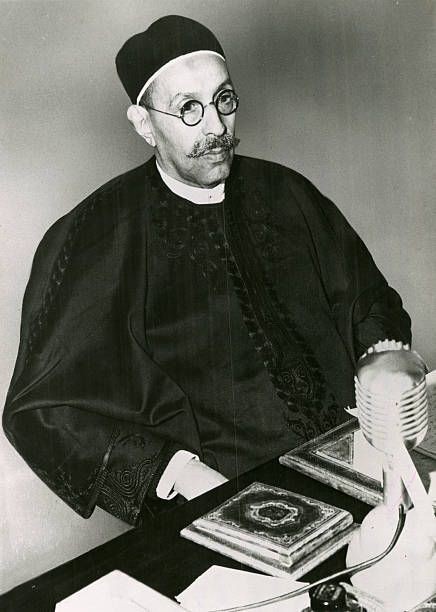
Between 1919 and 1920, Italy recognized Sennusi control over most of Cyrenaica, where Idris had served as the Emir before becoming the king of Libya in 1951. However, he failed in his attempt to conquer the eastern part of the Tripolitanian republic at some point.
Following the Second World War, the United Nations General Assembly called for Libya’s independence. It established the United Kingdom of Libya through the unification of Cyrenaica, Tripolitanian and Fezzan, as they appointed Idris to rule the United Kingdom of Libya as king.
As a result, he became the most powerful person in the country, wielding significance influence in the impoverished nation. Moreover, he banned political parties and replaced Libya’s federal system with a unitary state.
Due to his unconservatism and corruption in the country, Idris was deposed in a 1969 coup d’état while in Turkey for medical treatment by Muammar Gaddafi.
Muammar Gaddafi
Muammar Gaddafi was a Libyan revolutionary, politician and political theorist. Gaddafi was born in Sirte, Italian Libya, to a poor Bedouin Arab family. He became Arab nationalist while at school in Sabha. He later enrolled in the Royal Military Academy in Benghazi.
Within the military, he founded a revolutionary group that deposed the Western-backed Senussi monarchy of Idris in the 1969 coup, as mentioned earlier. Immediately he took power, Gaddafi turned Libya into a republic governed by his Revolutionary Command Council.
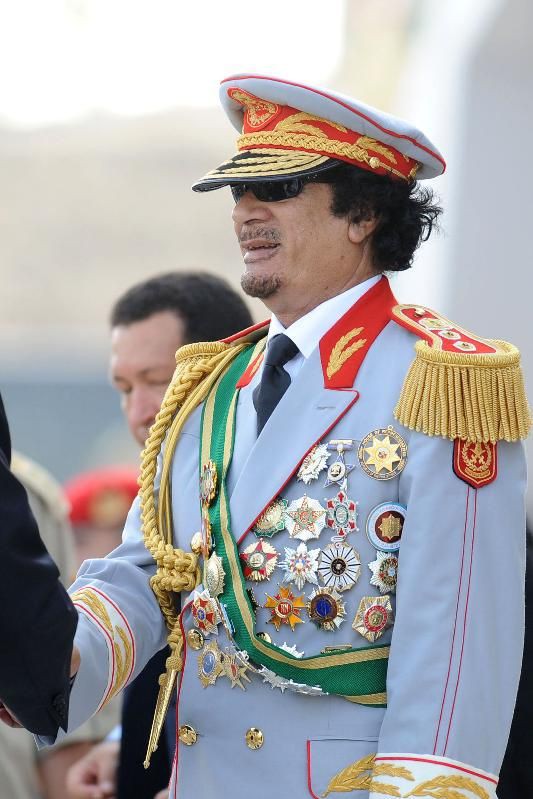
Shortly after, he deported Libya’s Italian population and ejected its Western military bases. As Islamic modernist, he introduced sharia as the basis of islamic socialism. He massively funded the military with the state revenues gotten from the oil reserve and also funded education projects and health care.
In 1973, he initiated a “Popular Revolution” with the formation of “Basic People’s Congress” presented as system of direct democracy. But retained personal control over major decisions. He outlined his Third International Theory in The Green Book.
Furthermore, he transformed Libya into a new socialist state called a Jamahiriya (State of the masses).
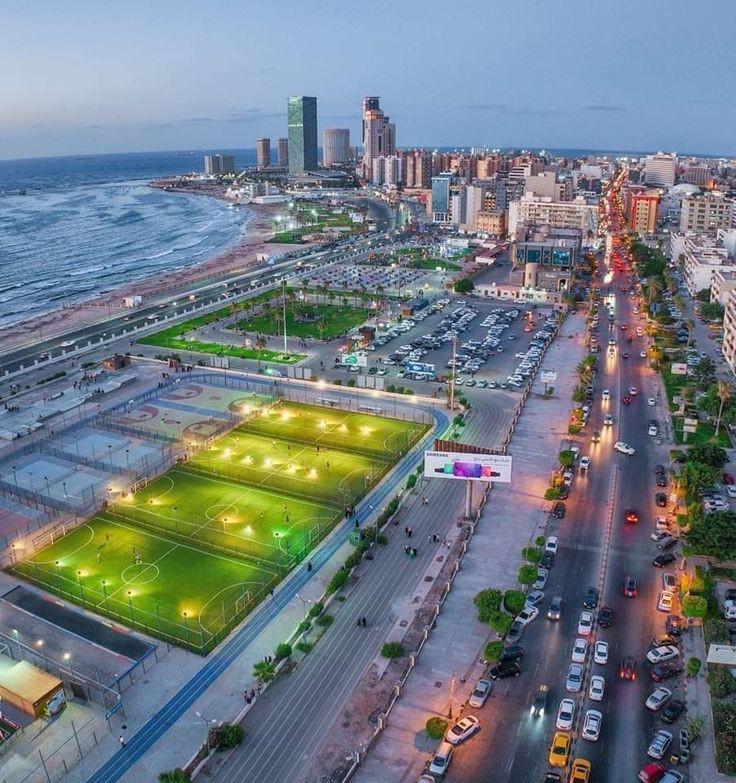
Muammar Gaddafi was a highly divisive figure in Libya. He dominated the Libya’s politics landscape for forty years. He was decorated and praised with awards and honours for his anti-imperialism and his support for Arab and Africa.
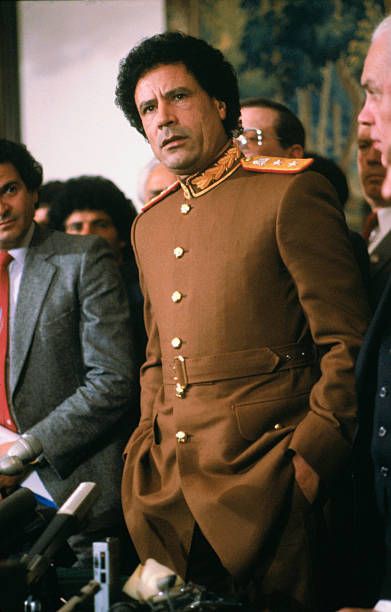
Despite all of that, many Libyans strongly opposed his social and economic reforms. He also was posthumously accused of various human rights violations. In addition, Gaddafi was condemned as a dictator whose authoriatarian administration financed terrorism home and abroad. He ruled Libya from 1969 until his killing by rebel forces in 2011.
Largest Oil Reserves In Africa
One of the most important things, if not the important thing is the Libya oil reserves. The discovery of oil in Libya in the 1959 was a great turnaround for the country which had been previously ranked among the poorest in the world.
Unsurprisingly, oil reserves in Libya are the largest in Africa and are among the ten largest oil reserves in the world with 46.4 billion barrels of proven oil reserves. As of 2010, oil production was 1.65 million barrels per day. Libya is seen as a highly attractive oil area due to its low cost of oil production and low sulfur content.
However, maintaining production at mature field and finding and developing new oil fields are the major challenges Libya faces, as most of Libya remains under-explored as a result of sanctions and disputes with foreign oil companies.
Libya Imports 80% Of Its Foods
Libya is poor when it comes to food production and rightfully so because the country is located within the extensive Sahara desert which means it receives very low precipitation just like Morocco. It also possesses poor soil and climate which are both limitations to food production.
Due to its inability to produce, Libya imports 80% of the food consumed by its people. Gaddafi tried reversing the situation by financing the world’s largest Manmade River project that was built for irrigation of the farming lands. Unfortuately, that didn’t work, as the country still depends on imported food for survival of its people.
Its Capital City Is Tripoli
The Phoenicians founded the city in the 7th century BC. The Phoenicians named it Oea. Greeks took over from them but their reign did not last long as the Carthaginians also took it from them.
After a long while, the Romans conquered it from the Carthaginians and named it “Tripoli”. The name was derived from the Roman word ” Regro Tripolitana”. It means the region of three cities. The three cities were Oea (modern-day Tripoli), Sabratha and Leptis Magna.
Tripoli is the leading industrial and commercial hub in the country. Medina, which is the leading tourist centre in the country is located in the capital. Medina is surrounded with Roman-era and Othoman-era statues and fountains.
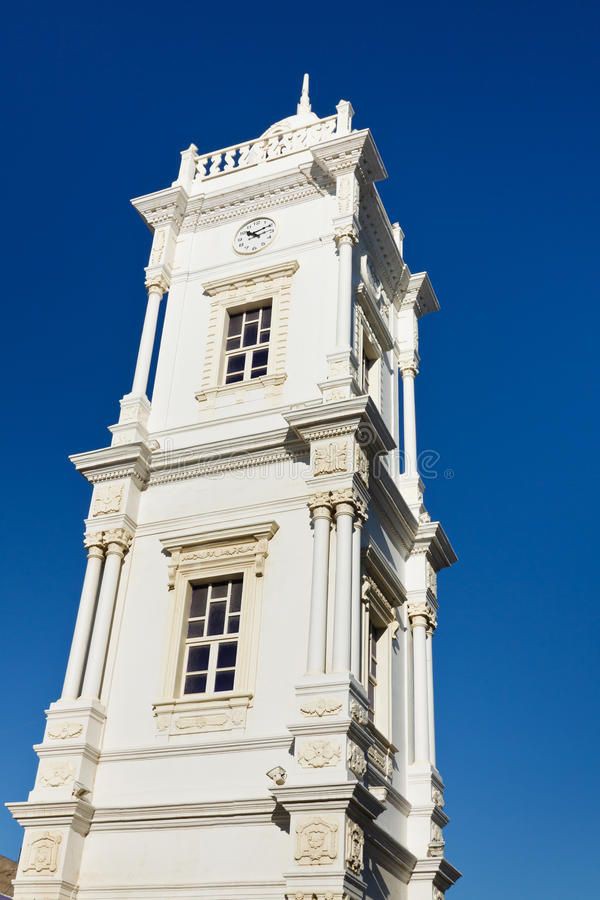
The capital has a population of about 1.2 million people with area of 200 square miles.
Arabic Is The National Language. But English And Italian Are Widely Spoken
The National language of Libya is Arabic but English and Italian are majorly the language in certain areas around Tripoli. Italian is a spoken language in Libya because Italians were former colonizers and there is a certain amount of Libyans with Italian heritage.
Also, the influx of English-speaking foreigners made it easy for English to be widely spoken in the country, as it is the language use in commerce.
English and Italian speakers are majorly located in the Urban centers.
The Libyan Sahara Desert
The Libyan desert fills the Northeastern Sahara Desert, from Eastern Libya to the Western Desert of Egypt and Northwestern Sudan.
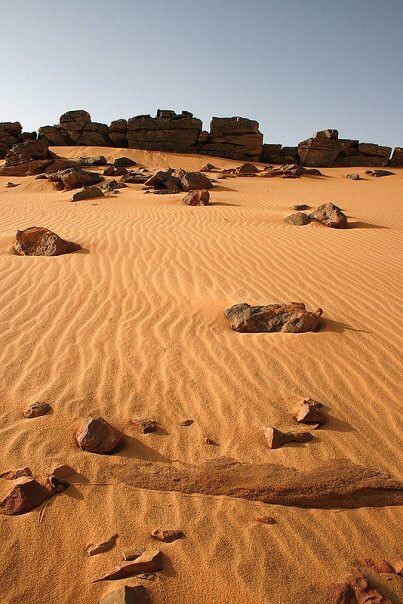
On medieval maps, its use predates today’s Sahara and most part of the Libyan Desert include most and least populated regions. This is what set the Libyan Desert from the greater Sahara. The consequent absence of grazing and near absence of water holes is well needed to sustain camel caravans.
This obscurity saw the region overlooked by early European explorers, and it was not until the early 20th century and the advent of motor car before the Libyan Desert started to be fully explored.
Moreover, the Libyan Desert is known for being the harshiest, driest and most remote region of the Sahara with day temperature of up to 50 degree celcius. The region had gone for decades without rain.
Libya Was An Early Christian Centre
Libya had served as one of the original pillars of christianity. Many notable characters in Jesus Gospel were from Libya. The most noticeable and important characters include Simon Cyrene, who helped Jesus with the cross.
Also, St. Mark who is the author of the first Christian Bible, “The Gospel of Mark”. He is also the founder of the of Alexandria, which gave birth to the Coptic Church, Greek orthodox Church and most of the Eastern orthodox churches.
Today in Libya, there are about 60,000 Copics and 50,000 Catholics and small amount of Pentacostals.
Libya’s Tea Is Very Thick
It is a varient of Maghrebi tea and similar to it in preparation. The thickness is as a result of mixing a lot of tea leaves and a high sugar concentration. Once the two ingredients are mixed appropriately with water, the tea is allowed to boil for 20 to 30 minutes.
For flavour, mint or basil are sometimes added. Each cup when finally presented would have a yellowish form on top of the tea.
Libyan tea is usually served in three rounds with the last round including boiled skinless peanuts or almonds.

Libyans Hospitality Is Admirable
When Libyans greet another, they shake hands and maintain the handshake as long as the verbal greeting is still on.
The Libyan people are very welcoming to their guests. Traditionlly, the first thing is that the guest will be served a meal to eat before being questioned about their identity or other social matters.
In addition, food-first is a committed policy for most Libyan socities, as some families can’t serve a meal without having an invited guest. Eating food is seen as the greatest form of socialization in Libyan societies.
Conclusion
Libya is a country with a lot of interesting histories as outlined above. They may not be one of the popular countries in Africa but they certainly are not pushovers.







